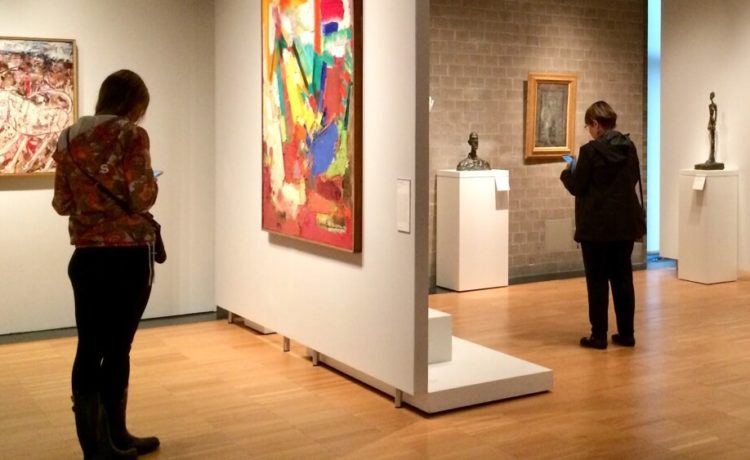The market of fine arts is blasting: seems like each day, another sale record is set at the most elevated cost at any point paid. It might find an increment in worth, or it might be as marketable as your child’s pasta-filled art venture.
So how would you tell? All things considered, similarly as with any venture, you have to do your exploration and go past your usual range of familiarity. According to Scott Tominaga, the entire art market is flighty, and there are no assurances of productivity, yet with a little legwork and thinking you can fill your home with pictures that may demonstrate commendable resources down the line. Think about these tips before picking artistic work and recognizing the Michelangelo from the macaroni.
Unique Ideas: Paintings and Giclées
You stroll into an exhibition and experience passionate feelings for a $5,000 painting, yet you can’t legitimize the sticker price. The exhibition proprietor demonstrates to you a choice of a similar craftsman’s work for a humble $500, clarifying that the pieces are giclées. A giclée is a machine-made print, a propagation imprinted on fine paper or canvas with shading and lucidity that can equal the first. Be that as it may, it’s as yet a duplicate.
The uncommonness of a gem is the thing that gives it esteem. While a giclée may come marked with superlatives like “exhibition hall quality” or “documented” and the merchant may sell an authentication of credibility, it will never be as profitable as the original.
Do You Know Everything About Prints And Posters?
In the mid-nineteenth century, Currier and Ives carried craftsmanship into the homes of America with their mass-created prints. Amid the primary portion of the twentieth century, one fourth of U.S. family units were enlivened with prints by craftsman Maxfield Parrish. These pictures are the ancestors of the publications sold in shopping centers and historical center shops today.
You can frequently recognize a print from a publication with the unaided eye; however, sometimes you may require a magnifying glass. The procedure of counterbalance printing leaves a small speck framework on the paper: Think of a comic book or a painting with its misrepresented spots of shading.
A few variables decide the estimation of a craftsman’s print: the span of the release; the centrality of the work; the state of the print; and whether it is marked and numbered by the craftsman. In the prints showcase, it is irregularity that presents esteem.
Last Tips Before You Step In to Invest In Arts
Display proprietors will disclose to you that purchasing craftsmanship is an enthusiastic choice; yet Scott Tominaga will suggest you not to fall for that line in case you are considering it a speculation. Research any living specialists who get your attention. Find out about their instruction, their bonuses, and their displays.
Visit exhibition halls, displays, and craftsmanship establishments in your general vicinity normally so you can perceive potential movers and shakers in your district. In case you’re thinking about a piece by a famous craftsman, get an examination. Search for quality, and don’t purchase anything beaten up pretty bad. With a little exertion, you may become friends with the following Rothko or uncover a lost perfect work of art that merits a million.





